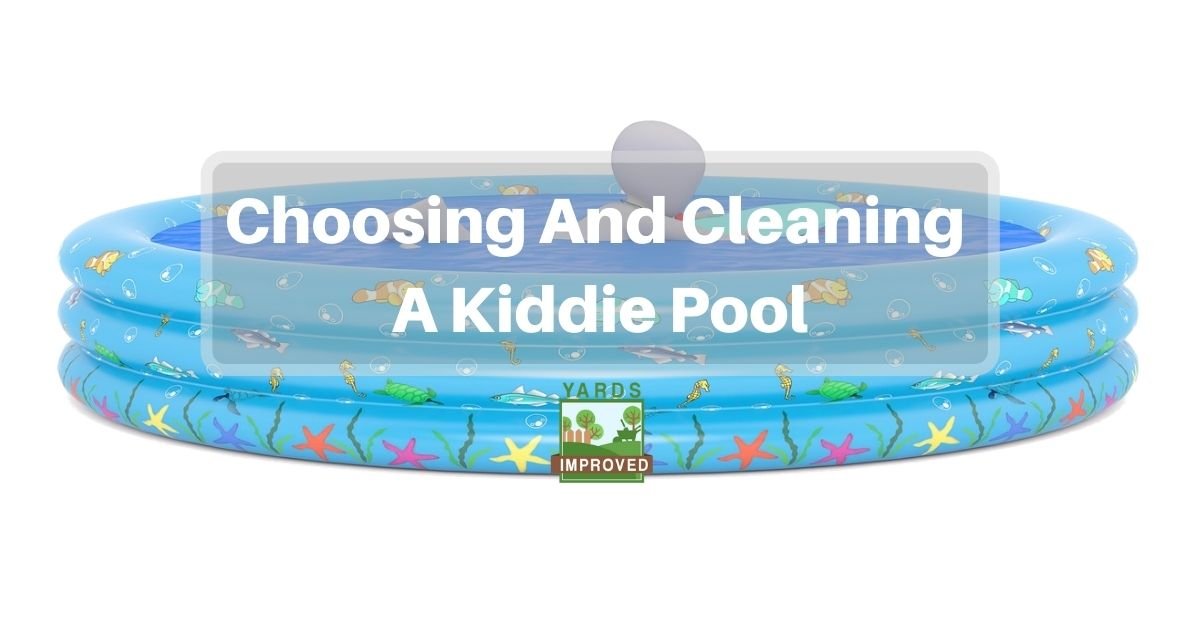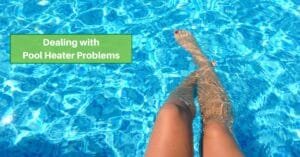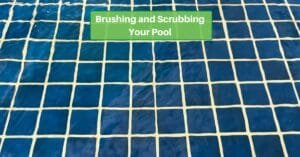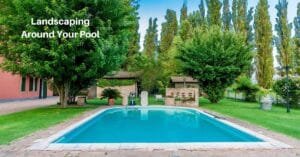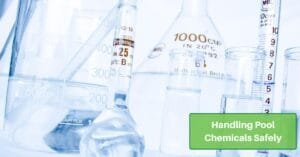A kiddie pool is fantastic for letting your toddler or young child splash around and cool off. Even if you have a full-size pool, a kiddie pool can make sense so that you can have a smaller, safer space to watch your child play and feel refreshed. Of course, you want a high-quality pool that’s safe while still being fun.
Keeping the kiddie pool clean is also important. Kiddie pools don’t have the filtering system that a regular pool would have, so it’s essential to use other methods to keep them clean. Standing water can attract all kinds of problems. That’s compounded by wherever may be tracked in by visiting creatures, from insects to small animal visitors to your yard. Even your child can leave behind tiny organisms that will thrive because of the water.
Let’s review what you should look for in a kiddie pool so that’s it will hold up and allow for safe play. We’ll also talk about the care you should give it to keep it clean and safe!
Looking to move up to a full-size pool? Get some tips on choosing between in-ground and above-ground pools!
Choosing A Safe Pool
Before talking about the pool itself, we just want to remind you that a child should never be left unattended, especially around a pool. That applies to a kiddie pool as much as it does to a regular pool. Always watch your child and be close at hand.
There are still a number of factors you should consider when choosing your kiddie pool.
Don’t see a swimming pool as a long-term investment. Most aren’t designed to hold up more than a couple years. But that’s fine because your child is going to grow.
Most kiddie pools are designed for children about two years old. You can find smaller ones that are basically outdoor tubs for babies that aren’t walking yet but are able to sit up and splash. A smaller child should have a pool more suited to their size. Once the baby is able to walk and splash about, a regular kiddie pool is suitable for them.
We’ve found the best kiddie pools for your family! Check them out.

It also helps if the floor of the kiddie pool provides some grip for the little one’s feet. The wet plastic can be slippery when they try to stand up and splash around. Hard plastic pools often have embossed images on the floor which can help. Cleaning the pool also helps make the surface less slippery.
Kiddie pools typically come in either hard plastic or inflatable vinyl varieties. With hard plastic pools, it’s important to check the edges to be sure there are no sharp places where your child could get scratched. But they do offer the advantage of being lower, making it easier to see your child even if they’re sitting or crawling in the water.
Inflatable pools are generally taller but softer. If you’re not right on top of the pool, it can be tough to see your child once they stoop down. That can even be the case if you’re sitting down only a couple of feet away.
Looking for an inflatable pool for older kids or even for the adults in the house? Check our reviews!
Other Factors to Consider
Safety is, of course, the most important factor in choosing a kiddie pool. But it’s not the only one.
You do want a pool that will be somewhat durable. At the same time, it’s important to remember that you’re lucky if the pool holds up more than one summer. Still, it should get through at least that one season!
Hard plastic pools are generally more durable. Inflatable pools are subject to being punctured. If you don’t clean up any twigs or rocks before filling them, you run a big risk. But they can also suffer a hole from any pointed object that accidentally touches them once they’re set up.
If your inflatable pool does spring a leak, it may be possible to patch it. But considering the low price, it might not be worth the effort.
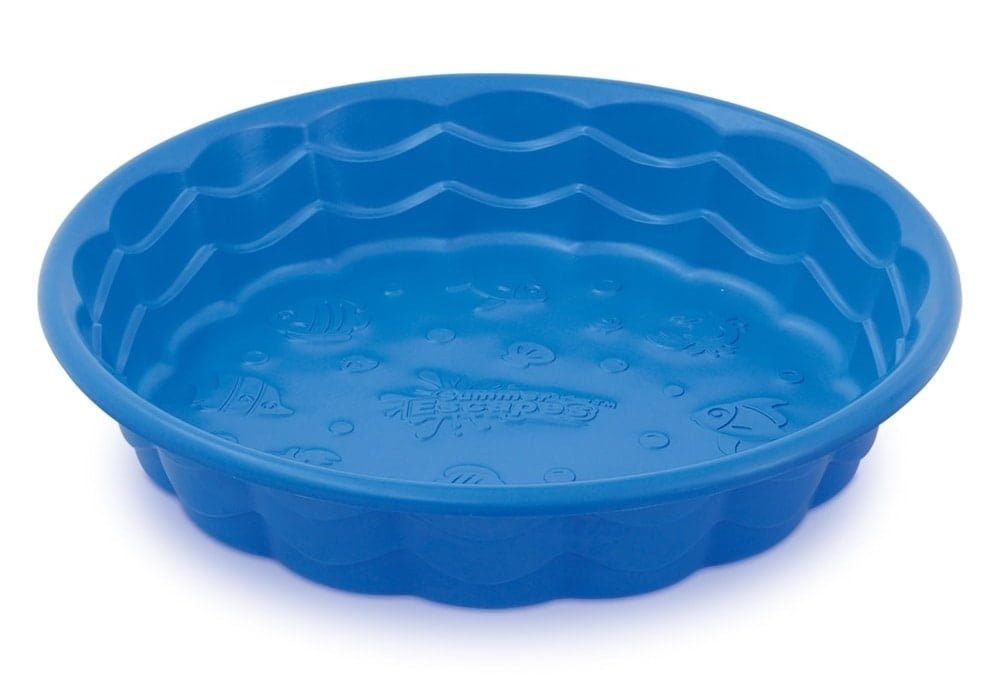
On the other hand, it’s far easier to transport your inflatable pool. A hard plastic pool may not fit in your car to get it home from the store. And once home, it’s hard to find a place to store it.
An inflatable pool comes collapsed, making it easier to toss in the trunk or back seat. However, the material is heavier. It takes a lot of effort to blow it up – it may be worthwhile to use an air pump rather than doing it manually.
If you want to use the kiddie pool in different places – for instance at your home and on a vacation trip – it can easily be deflated for transportation. Don’t forget to take that air pump along on the trip, too!
No type of kiddie pool is designed to be long-lasting. But then, your kids won’t get more than a couple years’ use out of it, anyway. Neither type is very expensive. Hard plastic is cheaper than inflatable. But neither is so expensive that it should become a major concern.
Cleaning Your Kiddie Pool
Keeping your child’s pool clean is a big factor in its safety, too. If not properly cared for, a pool can become an incubator for germs and bacteria that could lead to illness.
Ideally, the kiddie pool should be emptied and rinsed on a daily basis. There’s no filtration system here to keep it clean, and there’s a lot of contamination that can enter from the air. Not to mention suntan lotion and oils that are on the baby’s skin. And of course, a young child isn’t always potty-trained. Swim diapers can help, but won’t keep everything out of the pool.

Whether you are able to empty the pool or not, it’s always a good idea to cover your pool. Standing water attracts many insects that are looking for a place to deposit eggs. Leaves and trash blow around. Animals may come for a drink or out of curiosity and leave waste behind, whether the pool is empty or full. So keeping it covered will help keep away pollution.
Clean the pool weekly. Once it’s been emptied, first use a damp rag to wipe it down thoroughly. This will help remove any algae that has started to grow on the surfaces. The algae can make the water unhealthy. It also makes the floor of the pool more slippery.
After wiping out the pool, clean it with a water-bleach combination. Use five parts water to one part bleach. This will kill any bacteria and germs that may be living on the plastic.
After using the bleach solution, hose out the pool to remove any residue. You can then refill it for the next use.
Conclusion
Your child will love being able to splash and play in their own kiddie pool. It’s a great way to let them enjoy themselves and cool off in a safer environment. There are a lot of great varieties available. Be sure to focus on choosing the right-sized pool and never forget that constant supervision is essential for safety!

